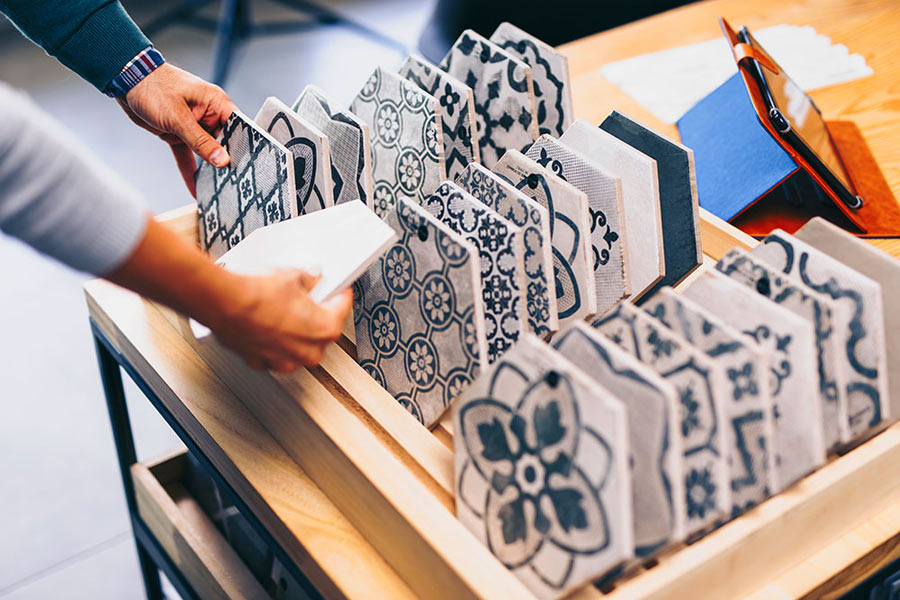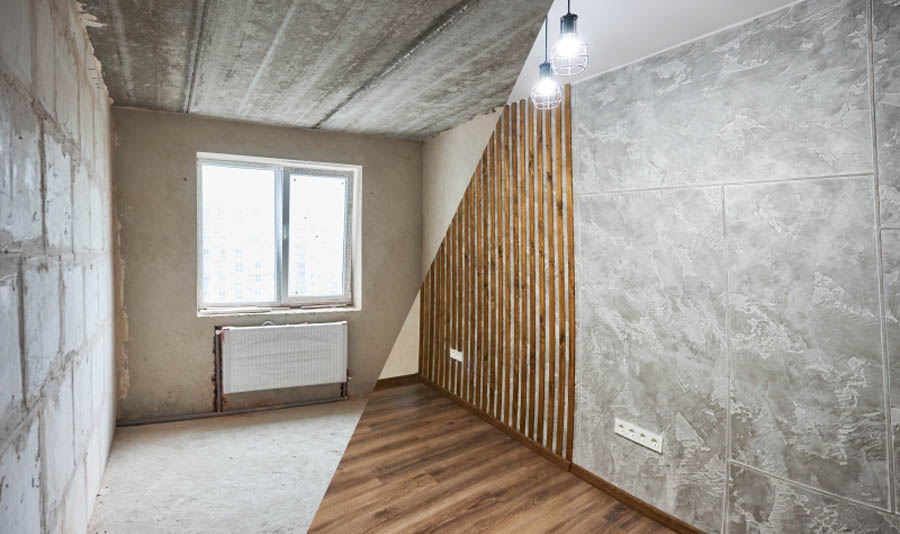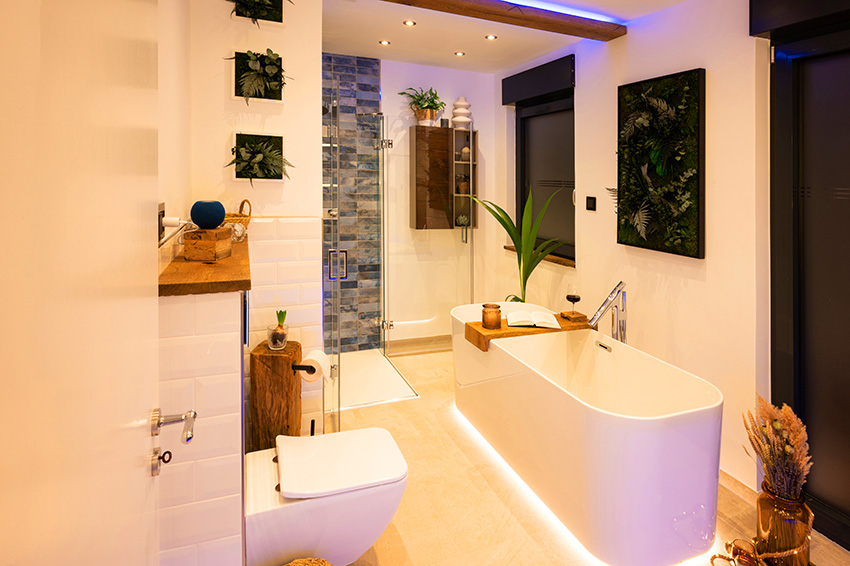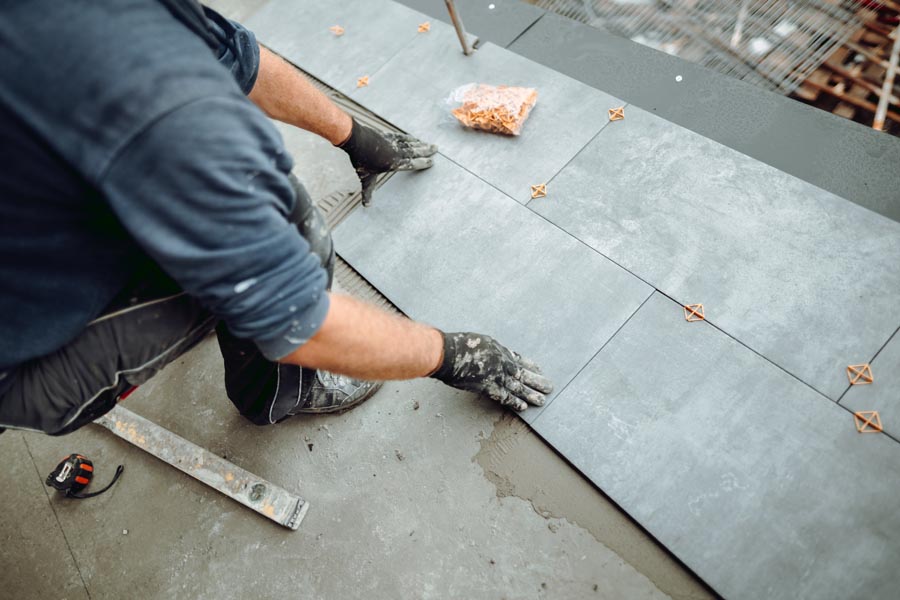
In the world of commercial interior design, the choice of flooring can make or break a space. Ceramic tile has long been a popular option, offering a perfect blend of style and practicality. This versatile material allows businesses to create visually appealing environments while meeting the demanding requirements of high-traffic areas. Let’s explore how ceramic tile strikes the balance between aesthetics and functionality in commercial spaces.
The Aesthetic Appeal of Ceramic Tile
Visual Versatility
Ceramic tiles come in an astounding array of colors, patterns, and textures. This variety allows designers to create unique looks that align with a brand’s identity or complement existing decor. From sleek and modern to rustic and traditional, ceramic tiles can achieve virtually any aesthetic goal.
Customization Options
Many manufacturers offer custom design services, allowing businesses to incorporate logos, patterns, or specific color schemes into their flooring. This level of customization can create a truly unique and memorable space that reinforces brand identity.
Mimicking Other
Materials Advanced printing technologies enable ceramic tiles to convincingly mimic the appearance of other materials such as wood, stone, or concrete. This allows businesses to achieve high-end looks without the maintenance challenges or costs associated with natural materials.
Functional Benefits of Ceramic Tile in Commercial Spaces
Durability and Longevity
Commercial spaces see heavy foot traffic, making durability a top priority. Ceramic tiles are known for their hardness and resistance to wear, often lasting for decades with proper care. This longevity translates to cost savings over time, as replacement cycles are extended.
Easy Maintenance
In busy commercial environments, easy maintenance is crucial. Ceramic tiles are relatively simple to clean and maintain. They resist stains, don’t harbor allergens or bacteria, and can be sanitized easily – a particularly important feature in healthcare or food service settings.
Slip Resistance
Safety is paramount in commercial spaces. Many ceramic tiles are available with slip-resistant surfaces, helping to prevent accidents in areas prone to moisture or spills. This feature is especially valuable in restaurants, hotels, and public buildings.
Water and Chemical Resistance
Ceramic tiles are naturally water-resistant, making them ideal for areas exposed to moisture. Additionally, they resist many chemicals, which is beneficial in industrial or laboratory settings where spills may occur.
Balancing Form and Function: Key Considerations
Choosing the Right Tile for the Space
When selecting ceramic tiles for a commercial project, it’s essential to consider the specific needs of the space. Factors to consider include:
- Traffic levels: Higher traffic areas require more durable tiles.
- Moisture exposure: Areas prone to wetness need tiles with higher slip resistance.
- Maintenance requirements: Consider ease of cleaning in your tile selection.
- Aesthetic goals: Choose tiles that complement the overall design scheme.
Proper Installation is Crucial
Even the highest quality tile can fail if not installed correctly. Commercial installations often require specialized knowledge to ensure longevity and performance. Factors like proper subfloor preparation, appropriate adhesives, and correct grouting techniques all play a role in the tile’s long-term success.
Zoning with Tile
Clever use of different tile styles or patterns can help define zones within a larger space. This can be particularly useful in open-plan offices or retail environments, where visual cues can guide traffic flow or separate functional areas.
Sustainability Considerations
Many businesses are prioritizing sustainability in their design choices. Ceramic tile can contribute to green building goals in several ways:
- Longevity reduces replacement frequency and associated waste.
- Many tiles contain recycled materials.
- Low VOC emissions contribute to better indoor air quality.
- Energy efficiency: Ceramic tiles can help regulate indoor temperatures, potentially reducing heating and cooling costs.
Conclusion
Ceramic tile offers a unique combination of aesthetic versatility and practical functionality that makes it an excellent choice for commercial spaces. By carefully considering the specific needs of the environment and leveraging the wide range of options available, designers and business owners can create spaces that are both beautiful and highly functional
As technology continues to advance, we can expect even more innovative ceramic tile solutions that push the boundaries of what’s possible in commercial design. Whether you’re renovating an existing space or planning a new commercial project, ceramic tile deserves serious consideration for its ability to balance form and function seamlessly.





